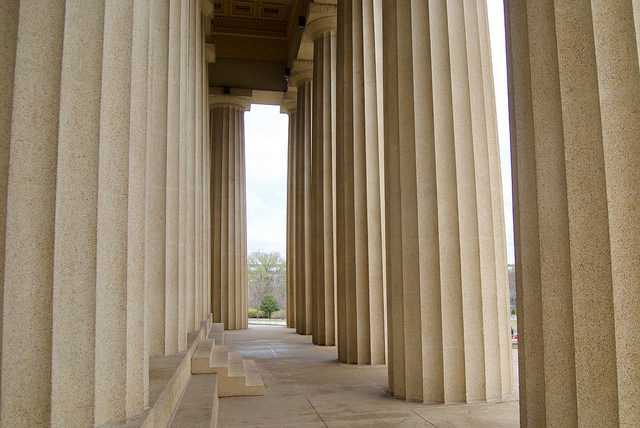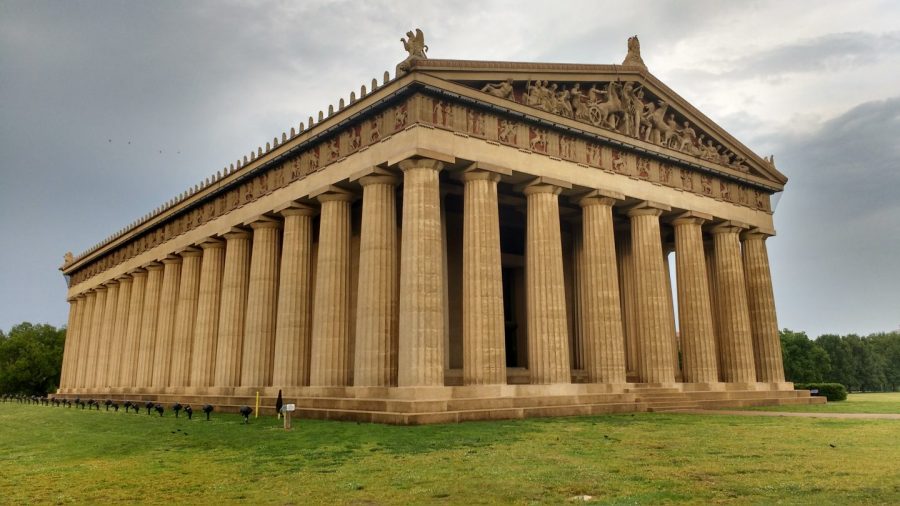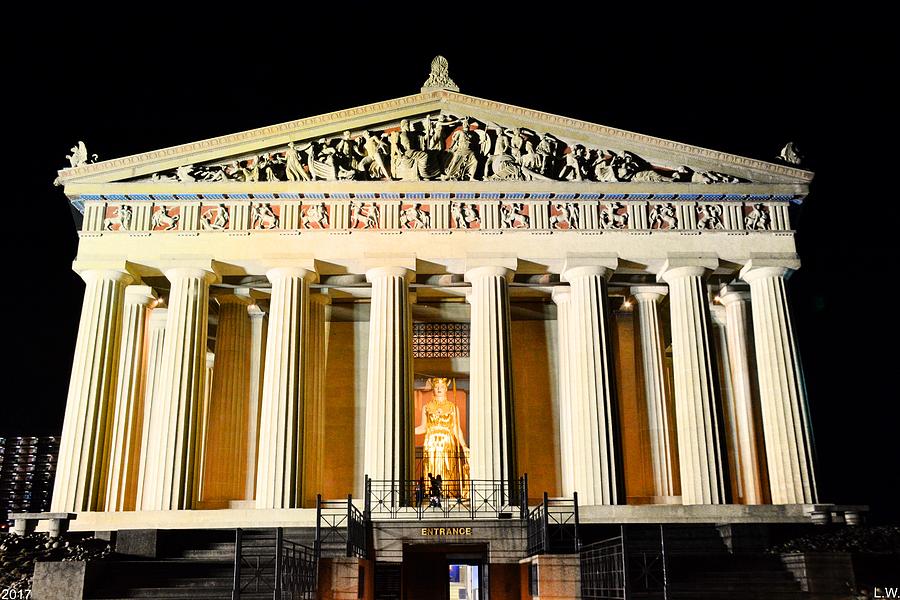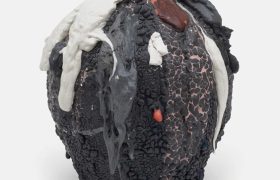Spot the Difference: Fun Facts about the Parthenon of Nashville

©Nick Amoscato, thevintagenews.com
Our Parthenon is the envy of the world. But while there can only be one, we’re loving this restored and detailed replica of Athens’ crowning glory in Nashville, Tennessee. The wondrous full-scale replica – complete with a 42ft golden revival of our long-lost Athena – is a flattering testament to the influence of Greek history across the world.
The Nashville Parthenon was intended to be a temporary build for the 1897 Tennessee Centennial Exposition and was one of many sights in Centennial Park for this event. However, it was decided that it would be built as a permanent exhibit in the park.

Nashville Parthenon in daytime ©WikiCommons
The temple was then built permanently on the foundations of the temporary one in the 1920s, becoming a staple attraction in the city. The Nashville Parks system runs the structure as a museum, which hosts an imagined replica of the mighty Athena Parthenos, a statue lost to the original Parthenon, as well as replicas of the Parthenon Marbles and other exhibits.
The Athena Parthenos was sculpted in 1990 by local artist Alan LeQuire. The statue of the goddess Athena is adorned in gold leaf and towers a mighty 42 feet tall within the Parthenon. She stands as the centrepiece of the temple, as she would have in the original.

©Lisa Wooten, fineartamerica.com
The realism of the temple and the monuments inside of it are astounding. The Parthenon Marbles are even a cast from the original Marbles housed in London at the British Museum. This wonderous replica is a must-see if you are ever in Nashville and a testament to the influence of Greek history across the world.
Five Fun Facts about the Nashville Parthenon
- The Nashville Parthenon is a full-scale replica of the ancient Parthenon when it was a pagan temple to Athena in the 5th century BCE. It was constructed as a temporary building as Nashville’s contribution to the 1897 Tennessee Centennial Exposition, which also included dozens of other temporary buildings in what is now Centennial Park.
- The permanent Nashville Parthenon was built on the foundation of the temporary one at a cost of about $1 million between 1920-1931. The most recent Parthenon restoration took place between 1991 and 2001 at a cost of more than $12 million. Operated by the Nashville Parks system, it serves as the city’s art museum, housing the Athena Parthenos statue, the plaster replicas of the Parthenon Marbles, as well as the Cowan Collection and other temporary exhibits. It is also a premier venue for events.
- Local sculptor Alan LeQuire’s 1990 Athena Parthenos statue stands 42-feet tall inside the Parthenon. Covered in gold leaf, she is a reconstruction of the long-lost original Athena. Her spear was created out of a McDonald’s flag pole. (Kids on tour love this fun fact.)
- Another remarkable fact is that the 24-foot-tall double doors at each end of The Parthenon are one-foot thick and each weigh seven and a half tons, but almost anyone can open and shut them with minimal effort. You should give it a try when you visit.
- The Parthenon Marbles, which recently have been moved from the Naos to the Treasury room at the west end of the building are direct casts of the original sculptures that adorned the pediments of the Athenian Parthenon, dating back to 438 BC. The originals of these powerful fragments are housed in the British Museum in London.













